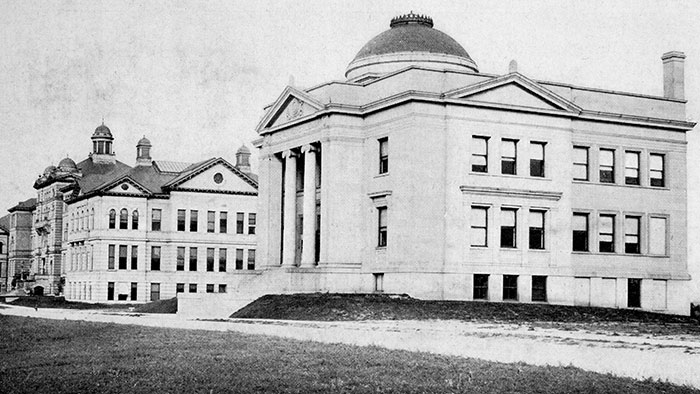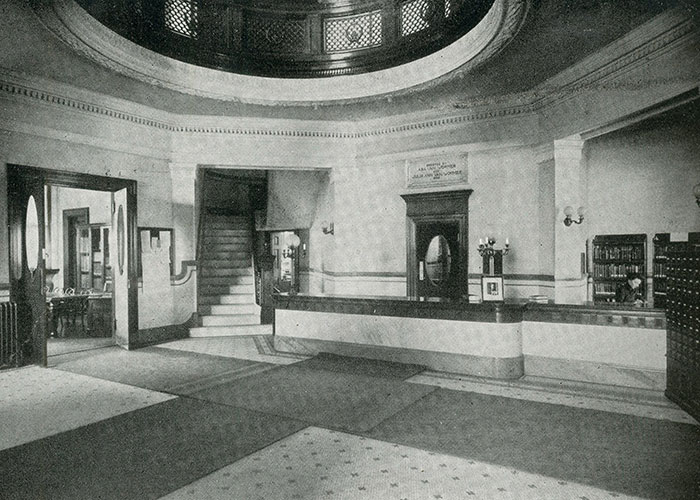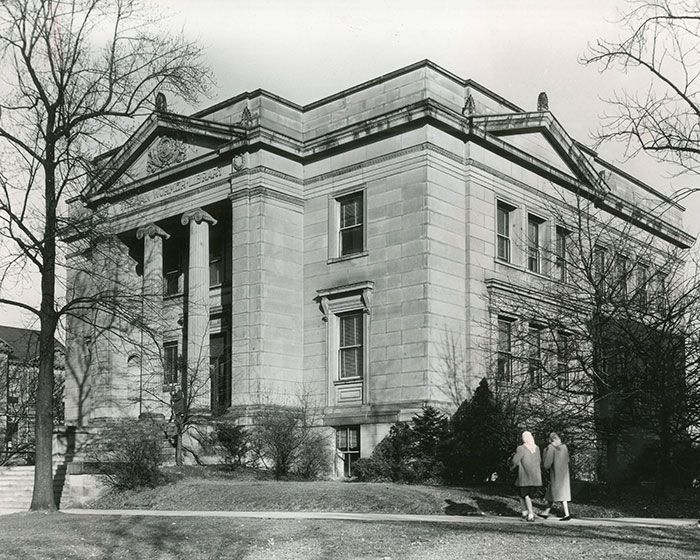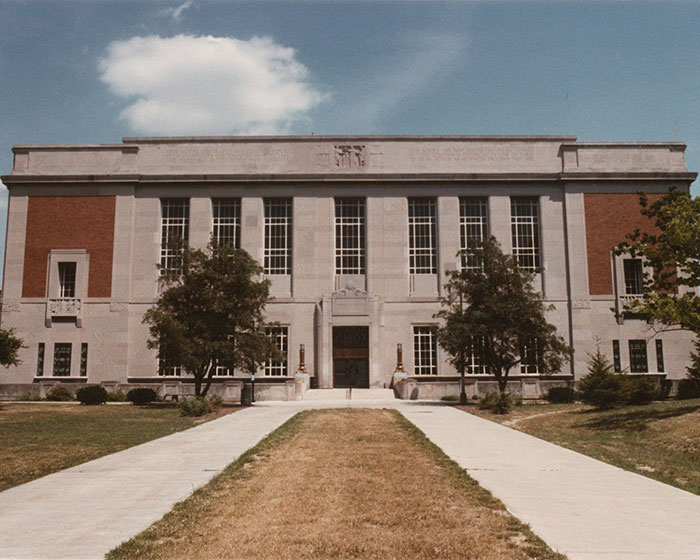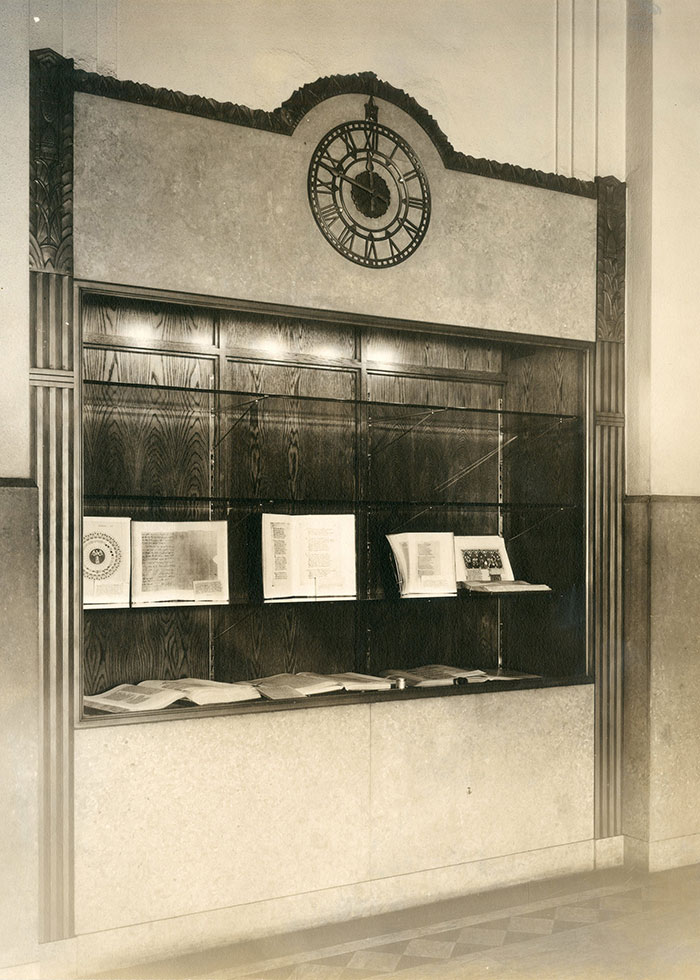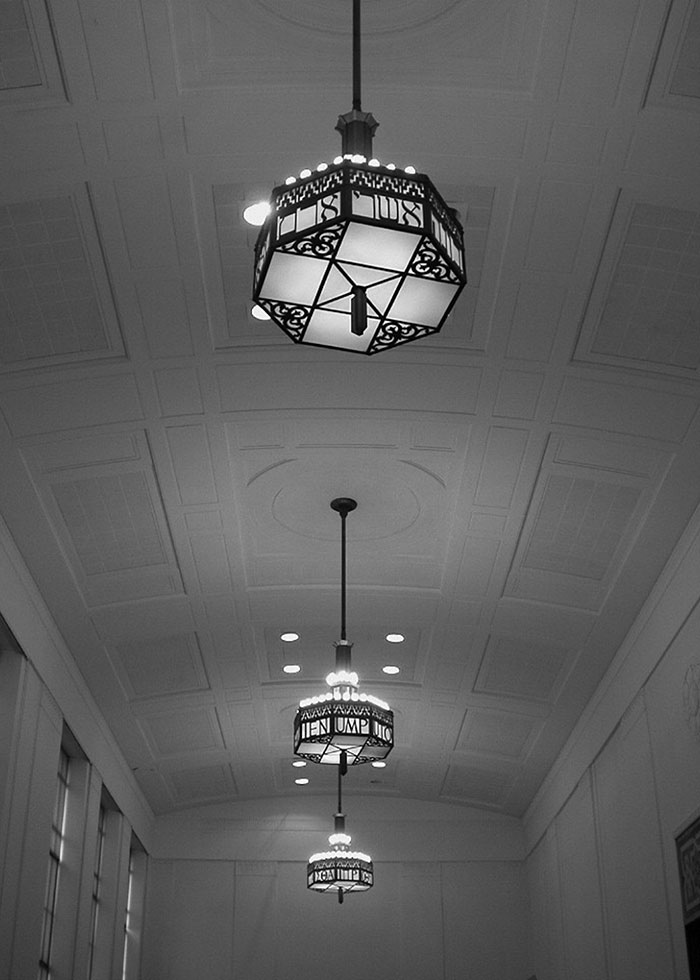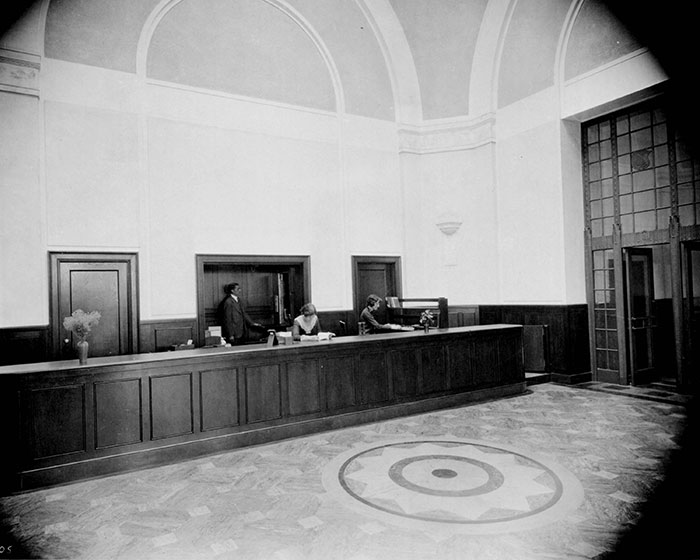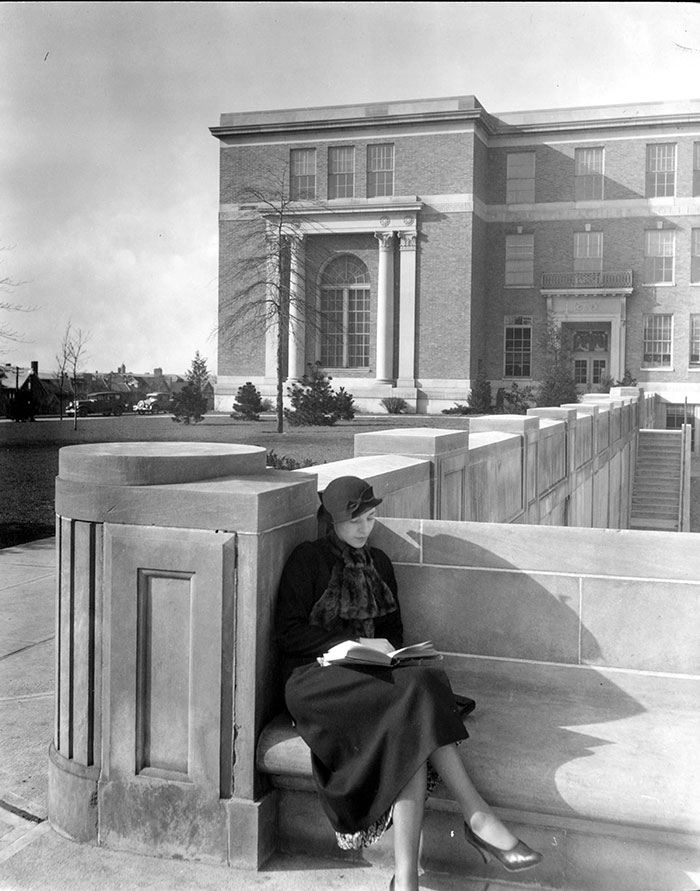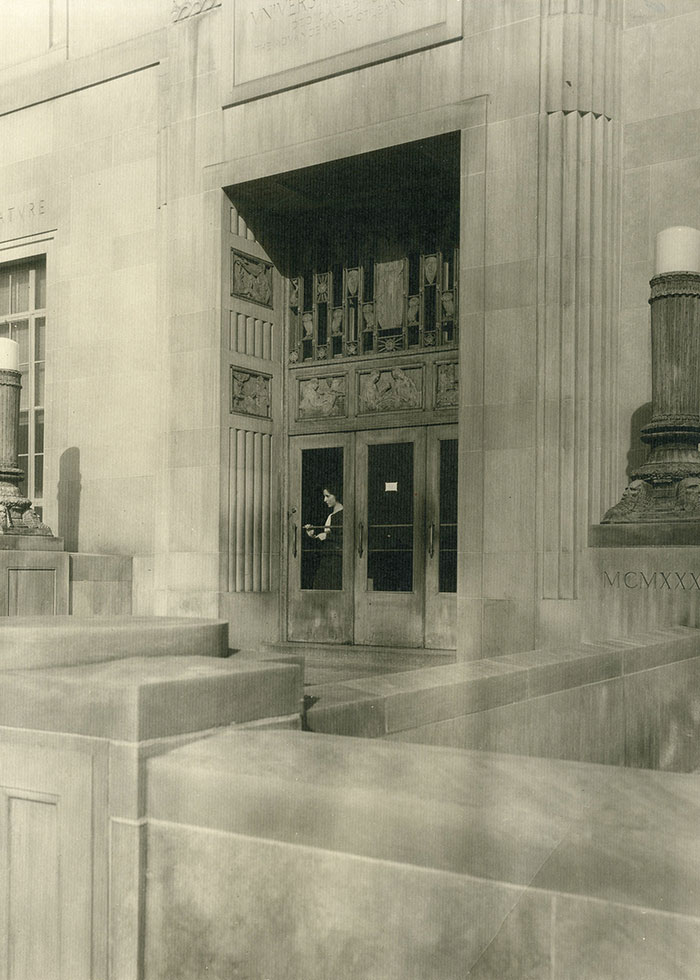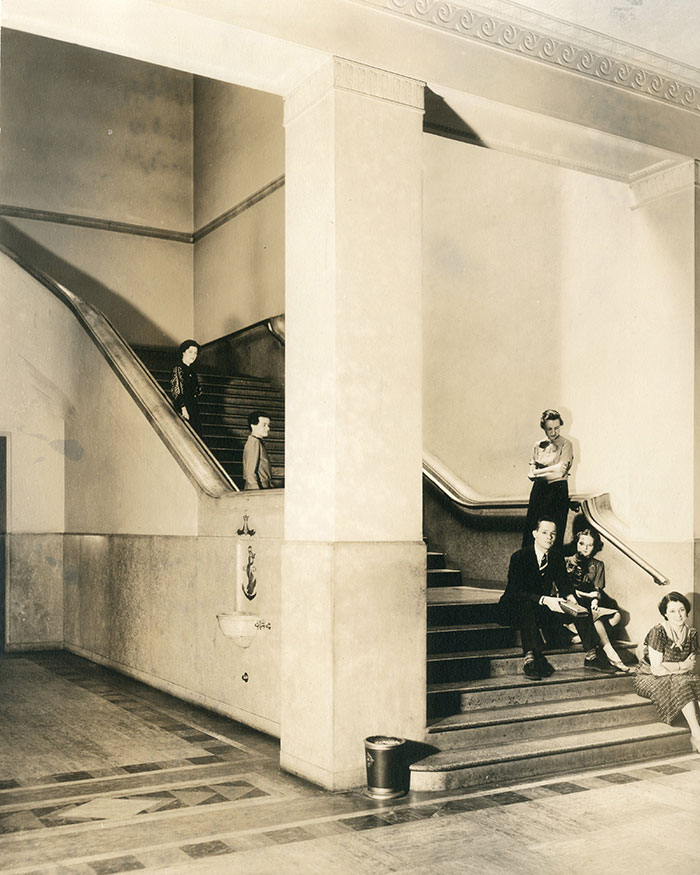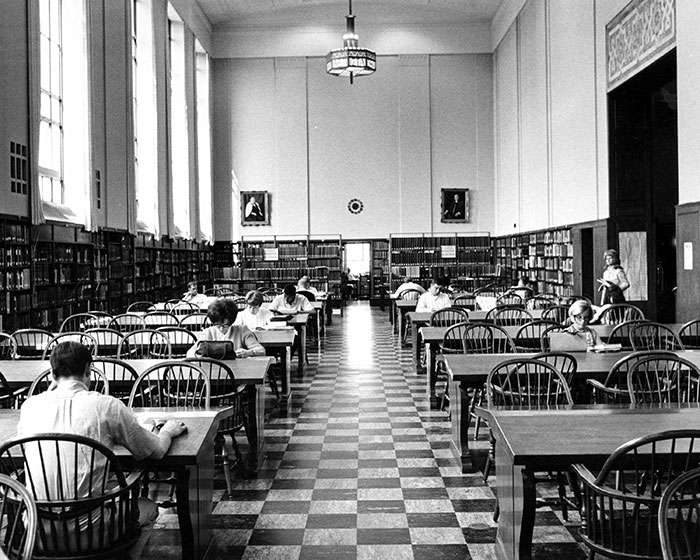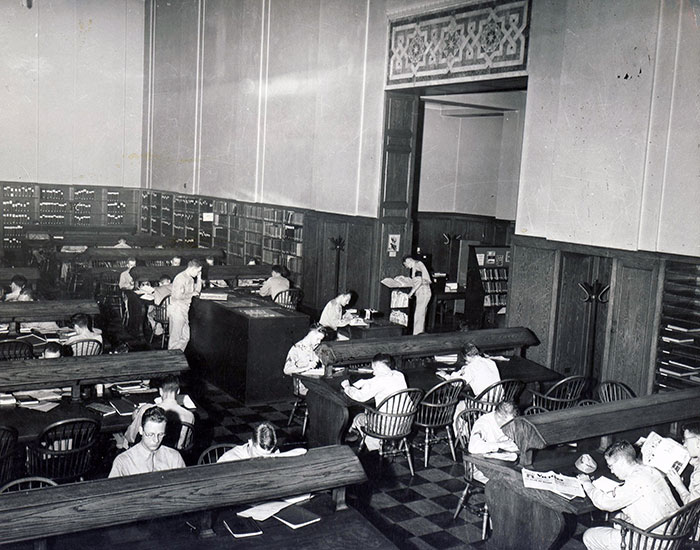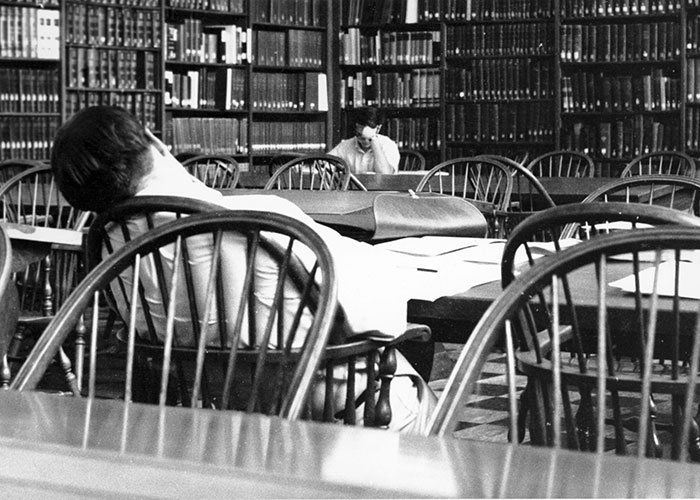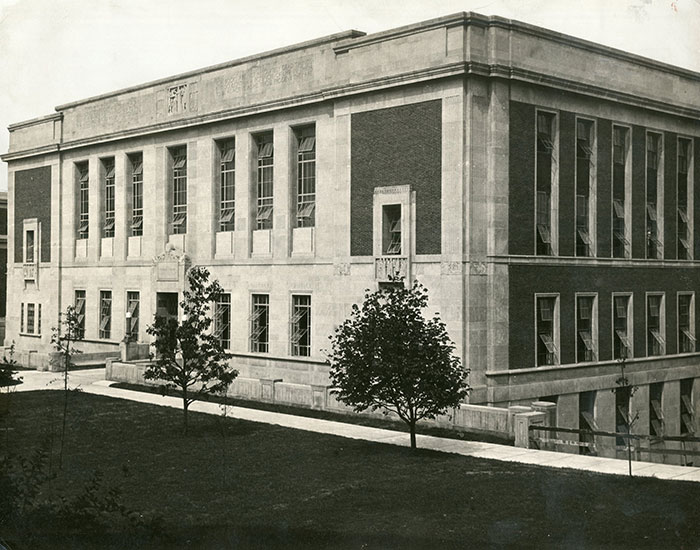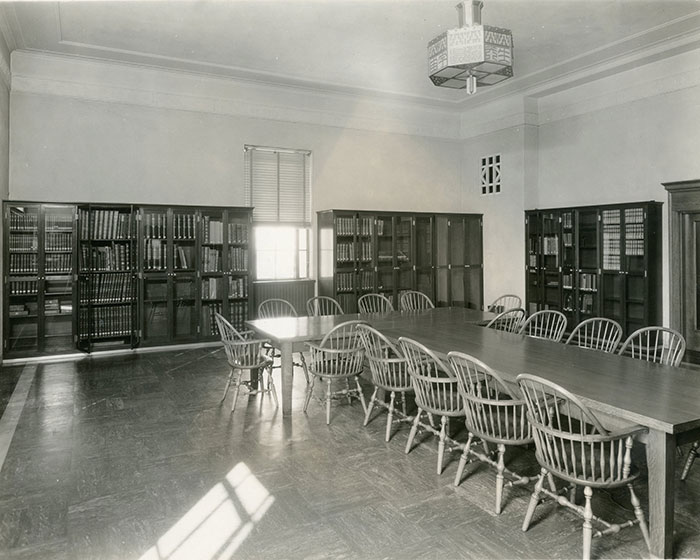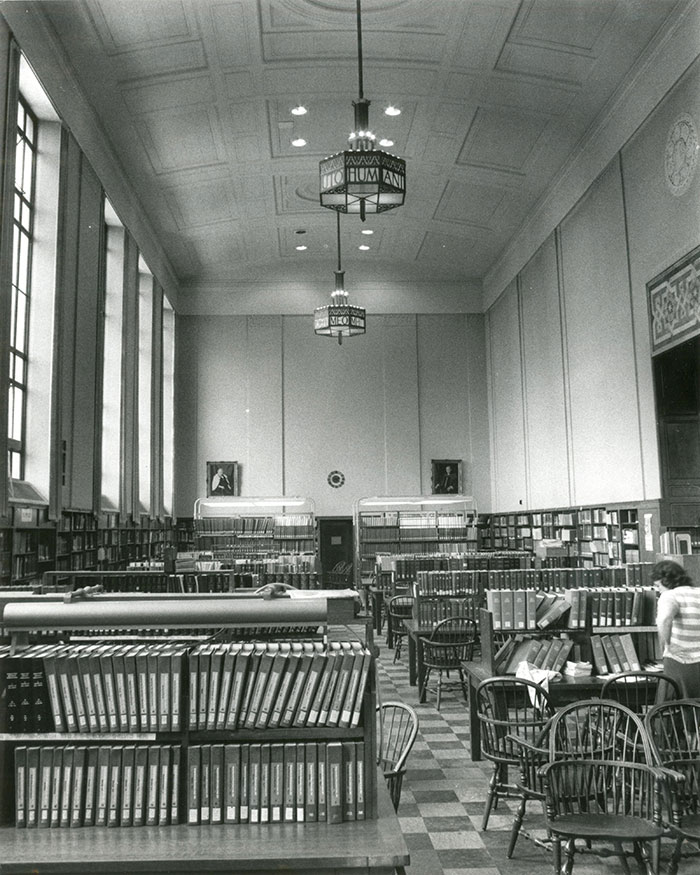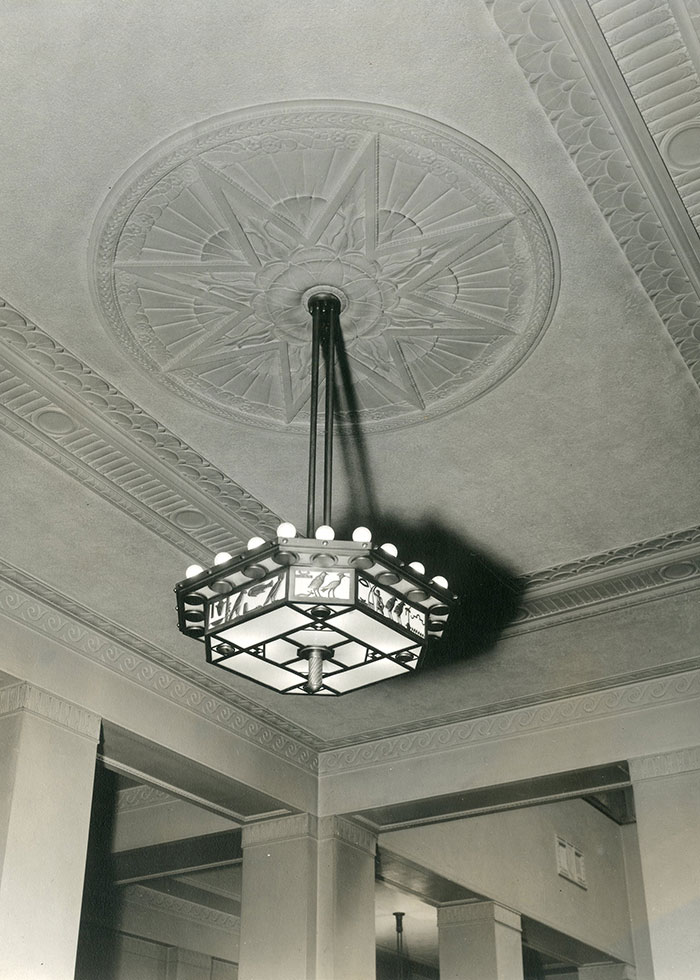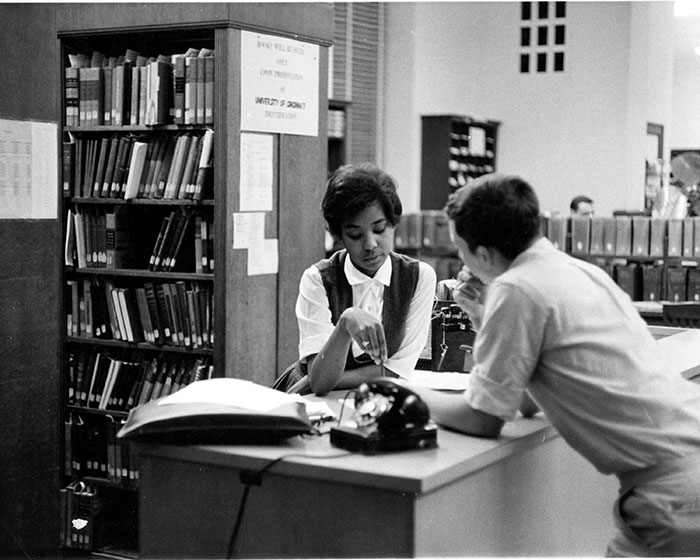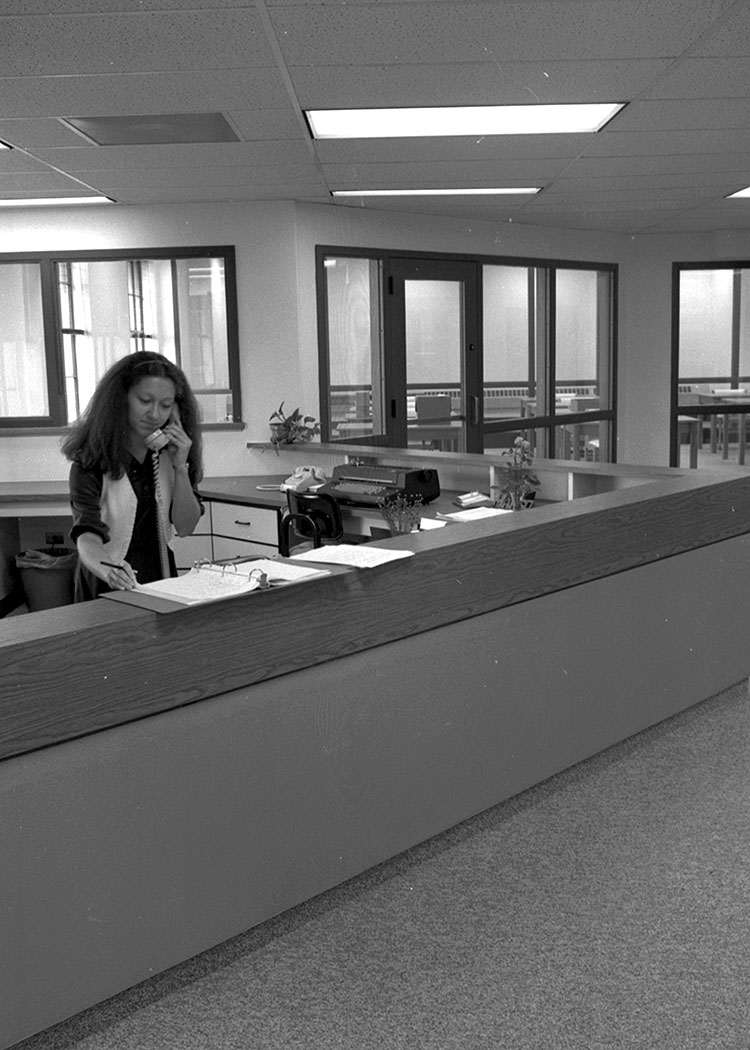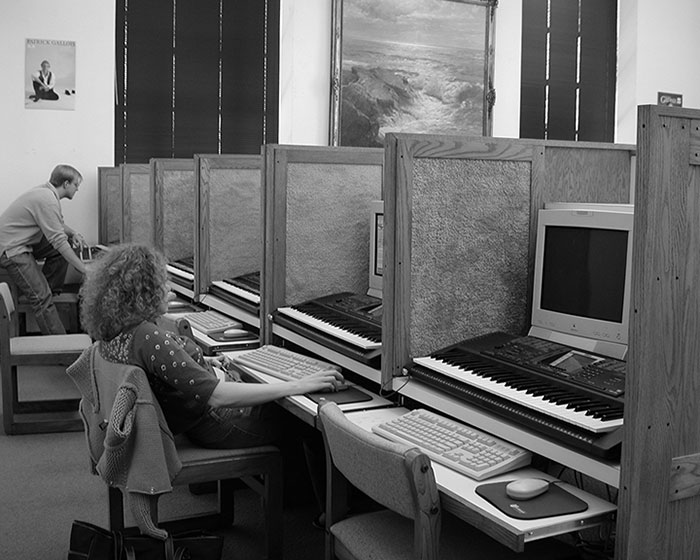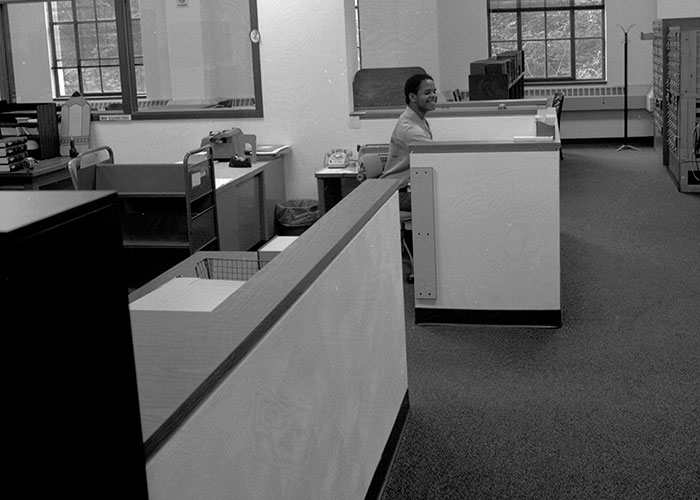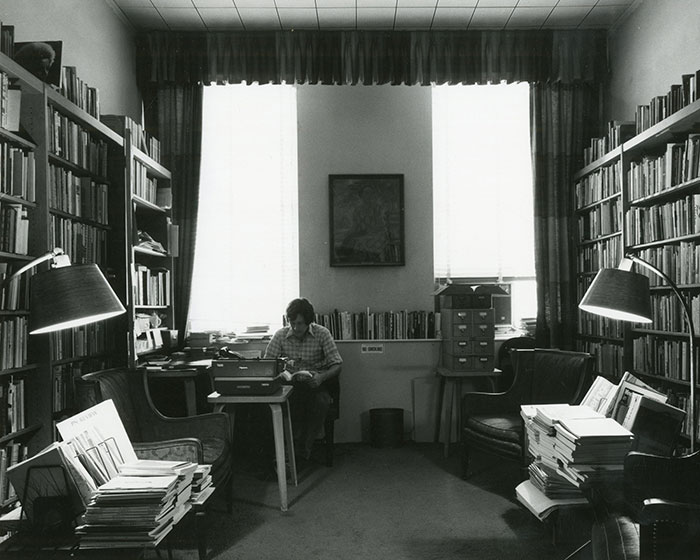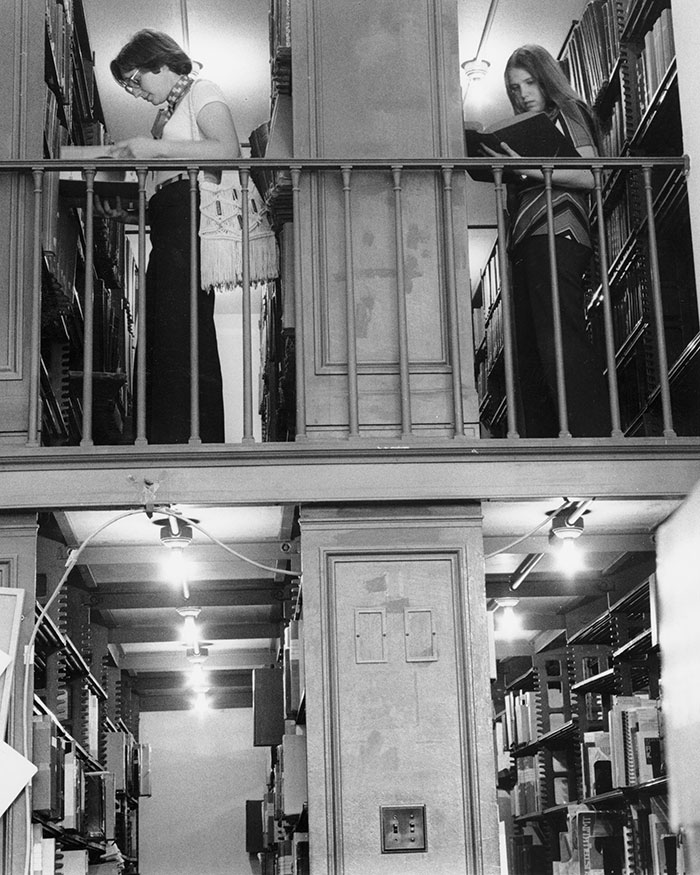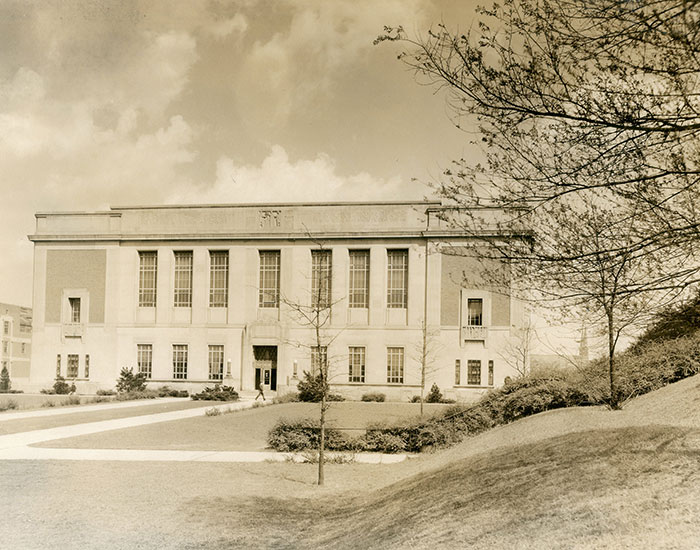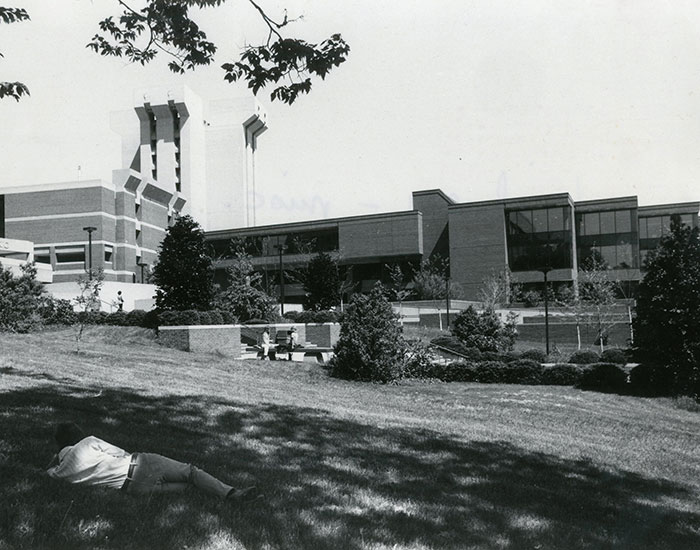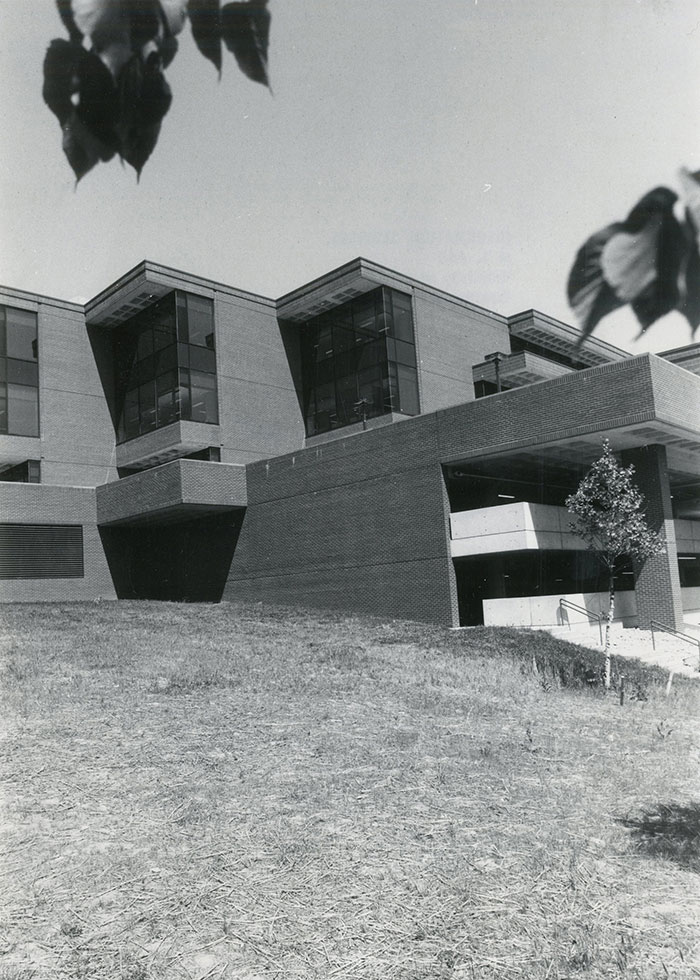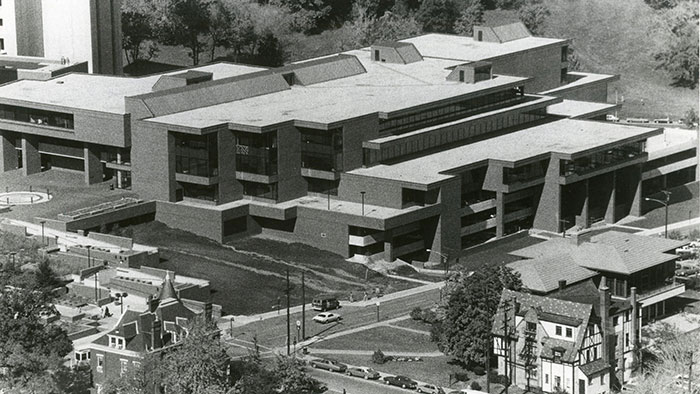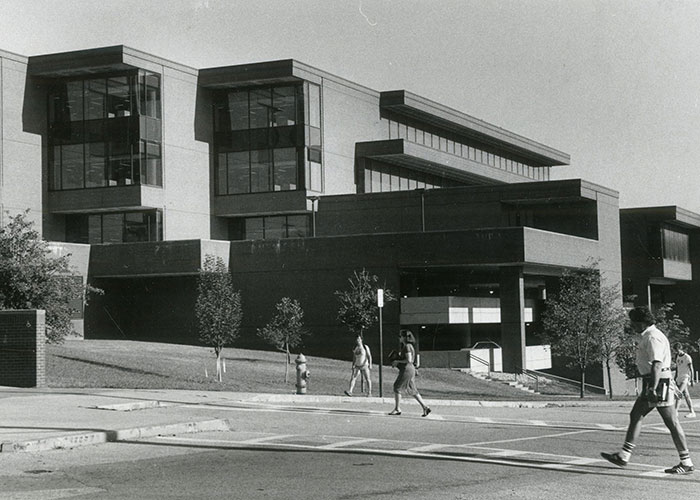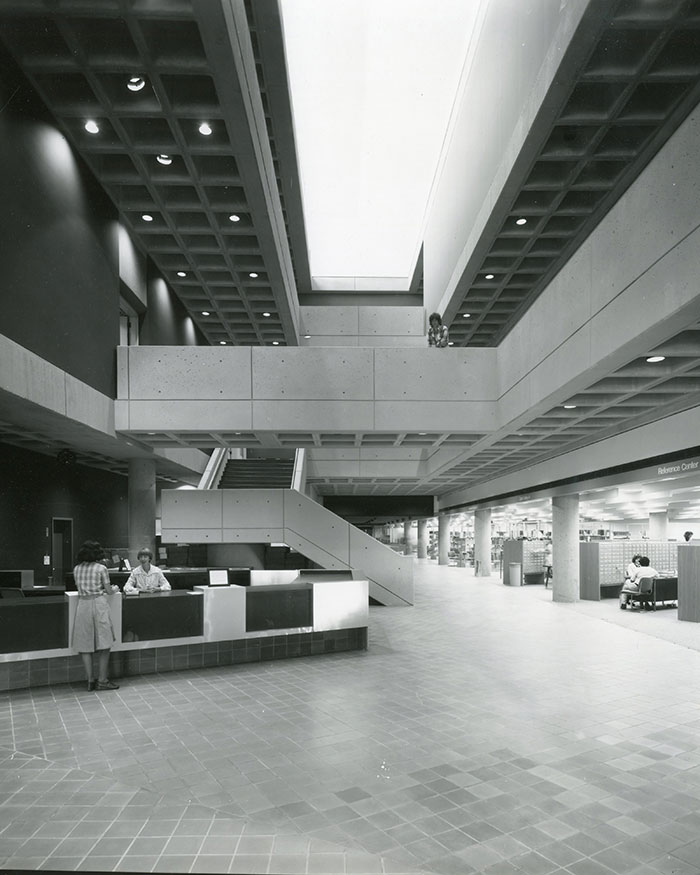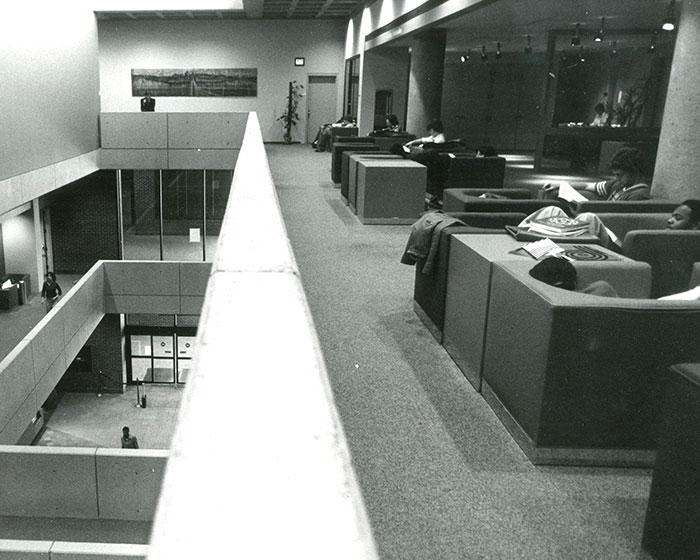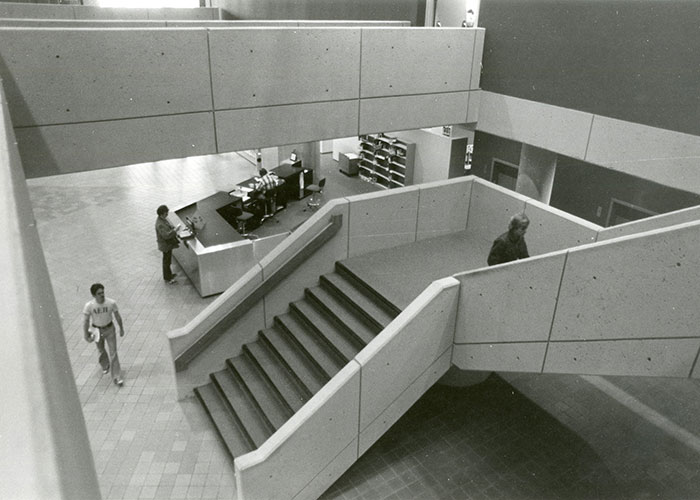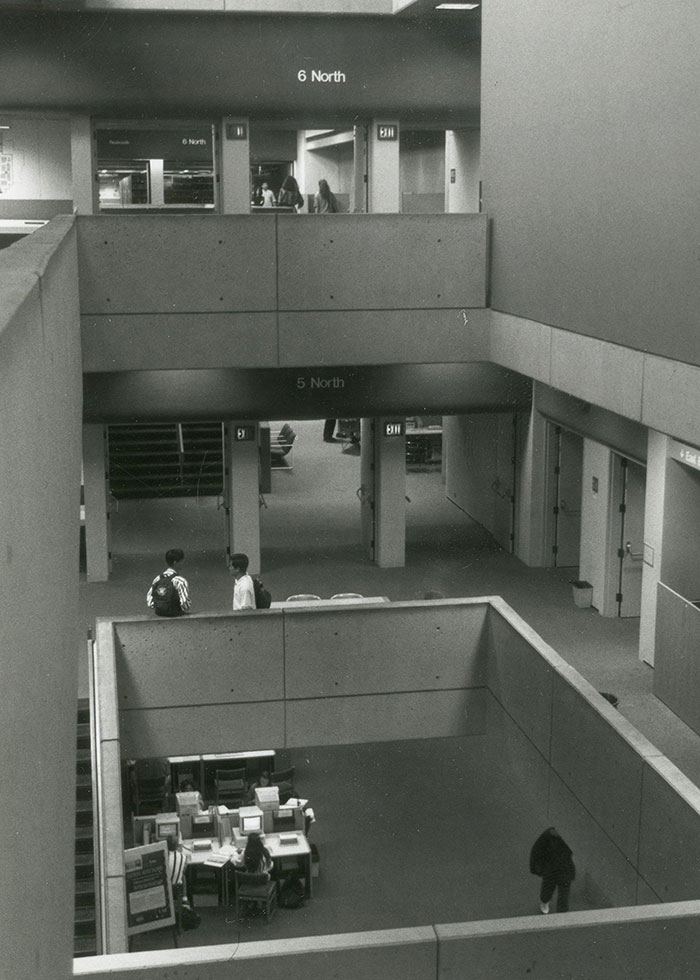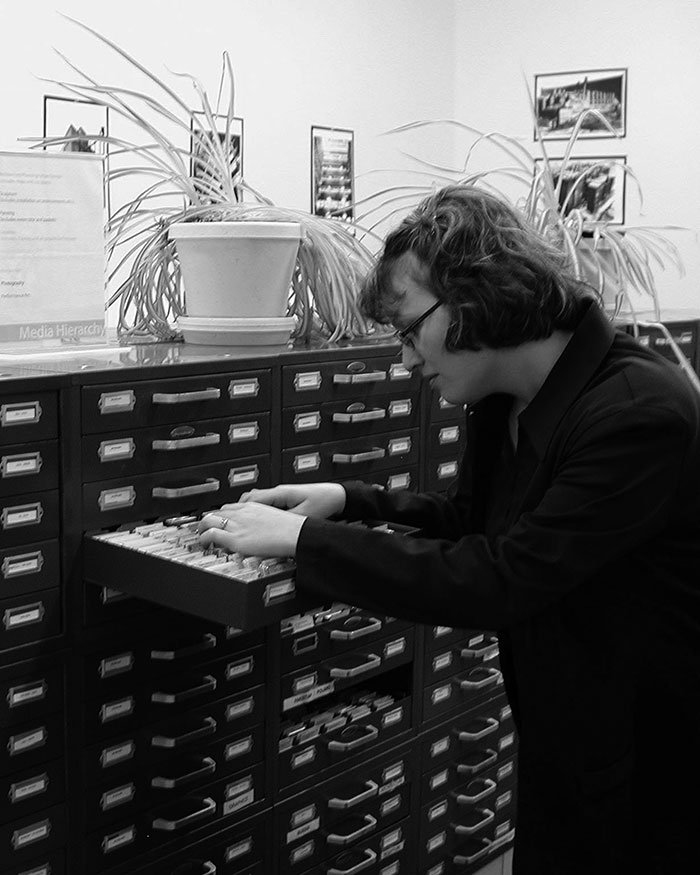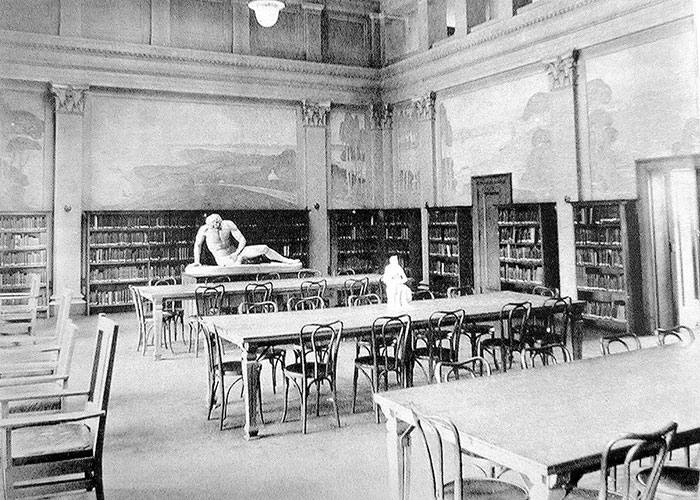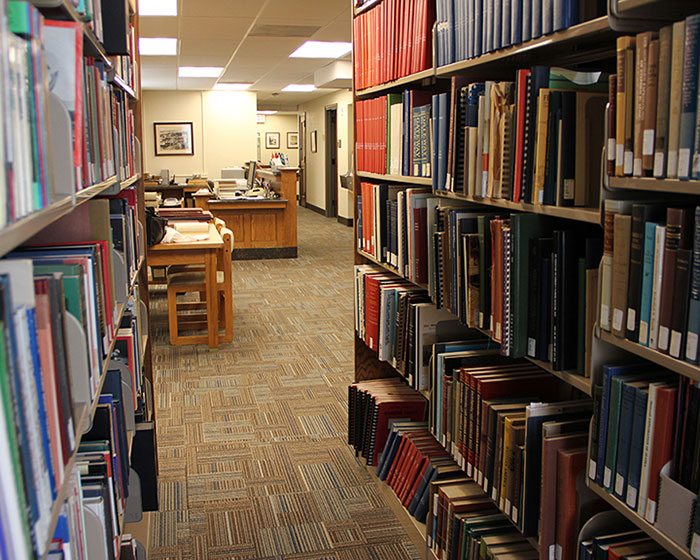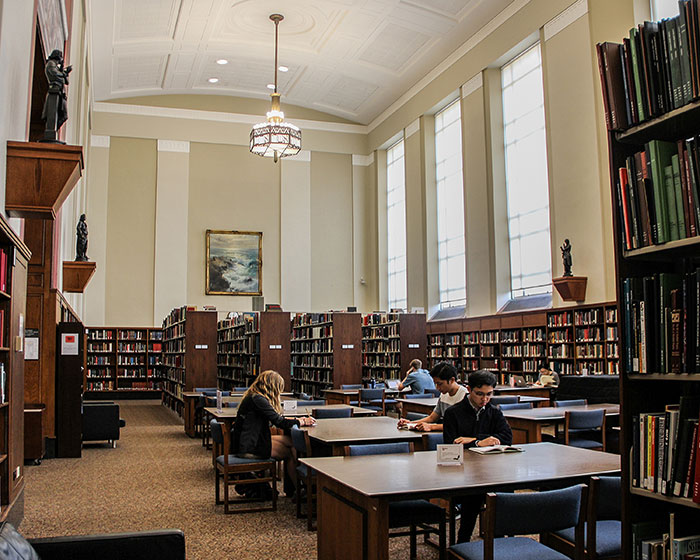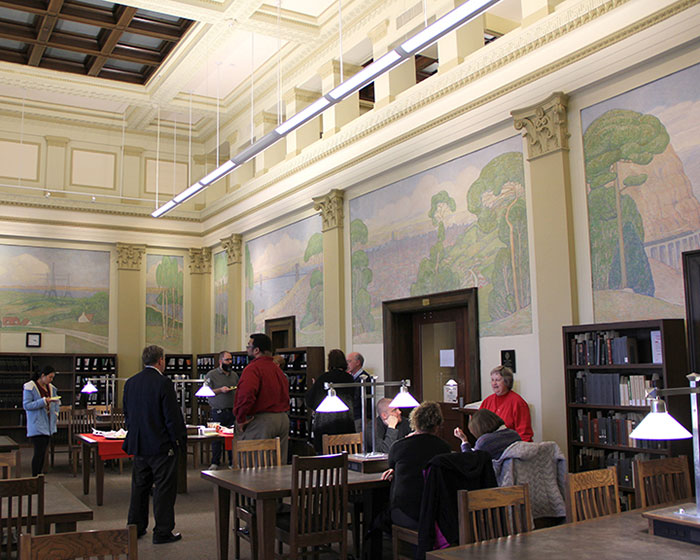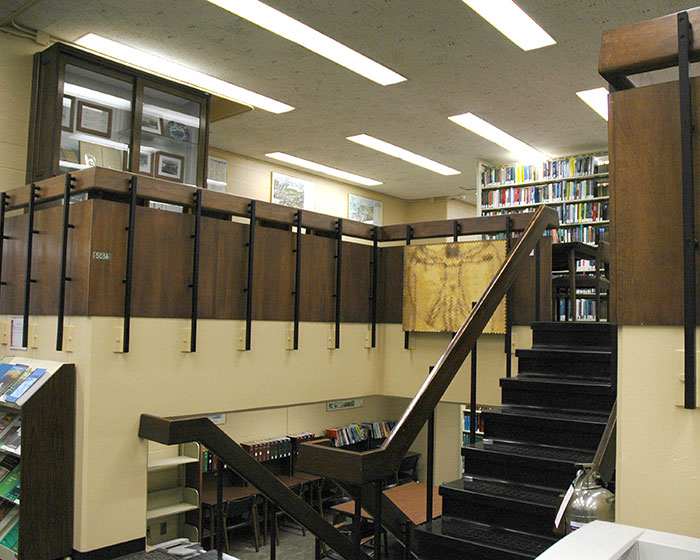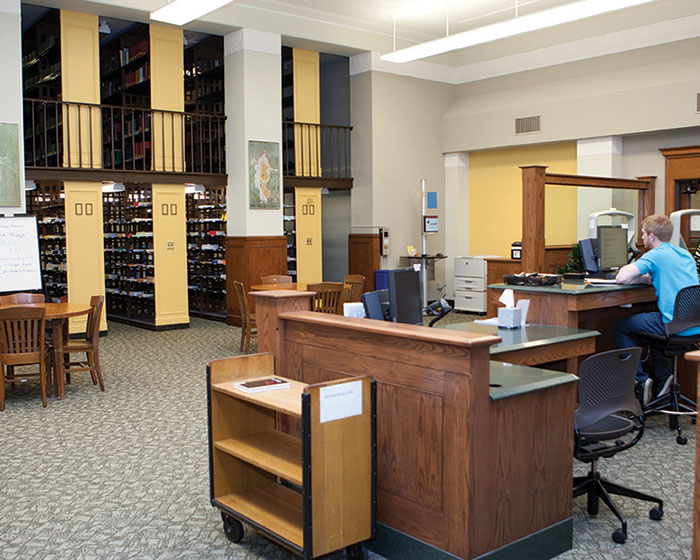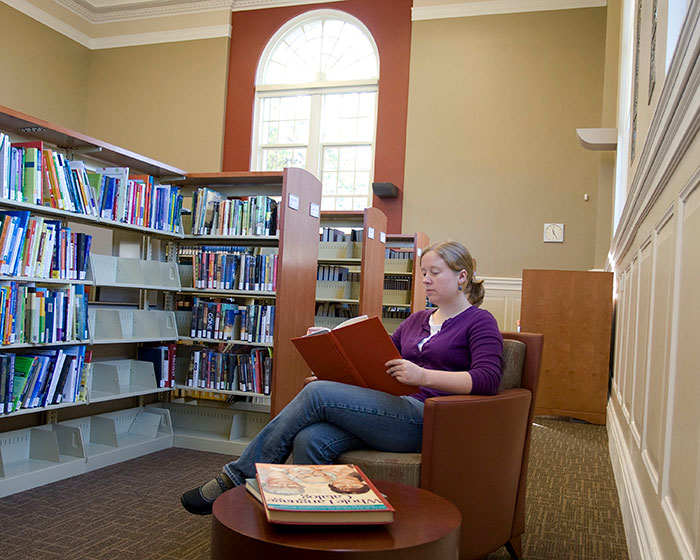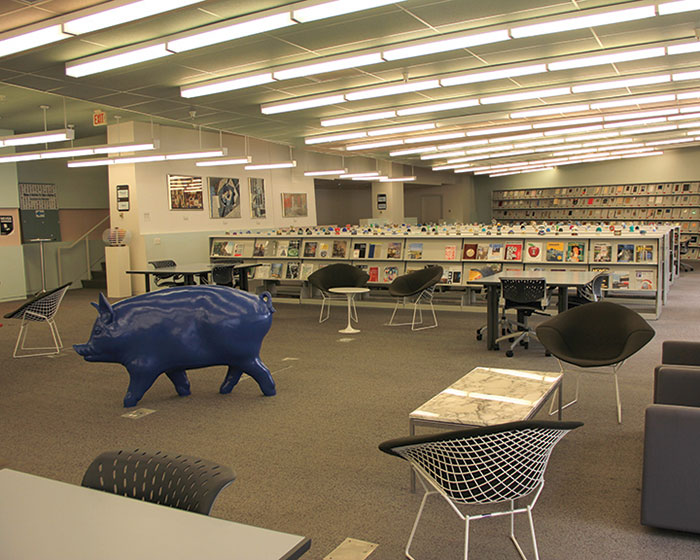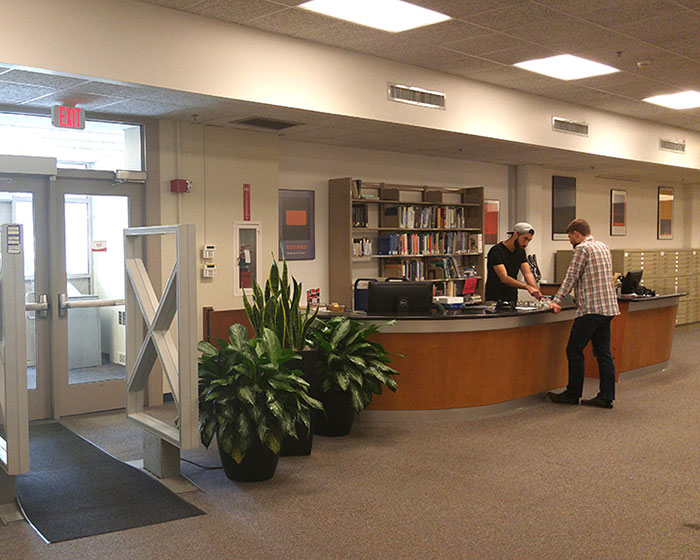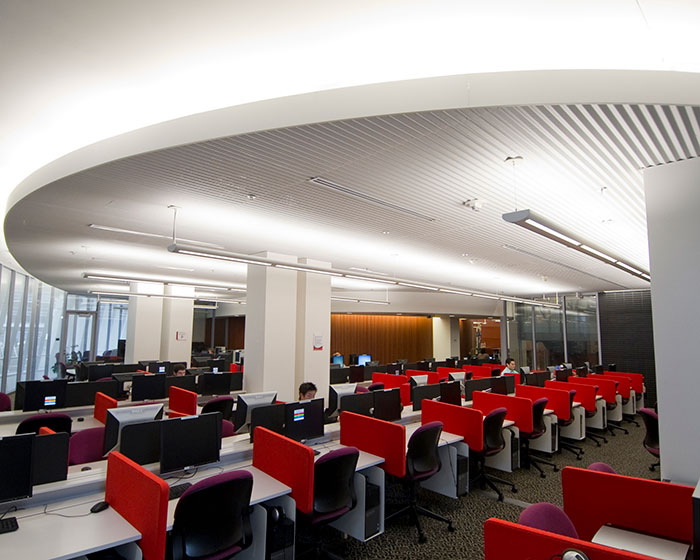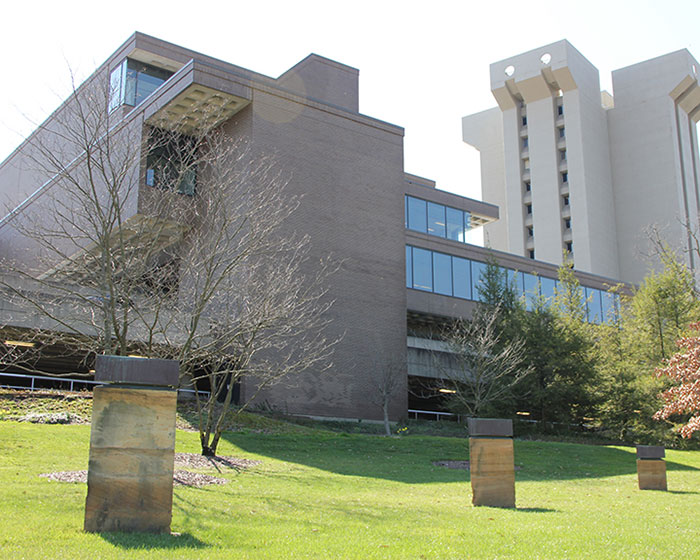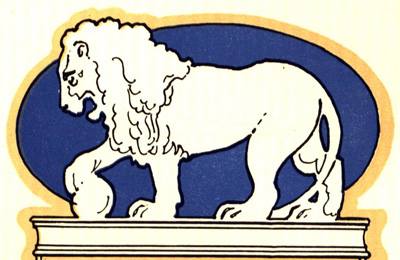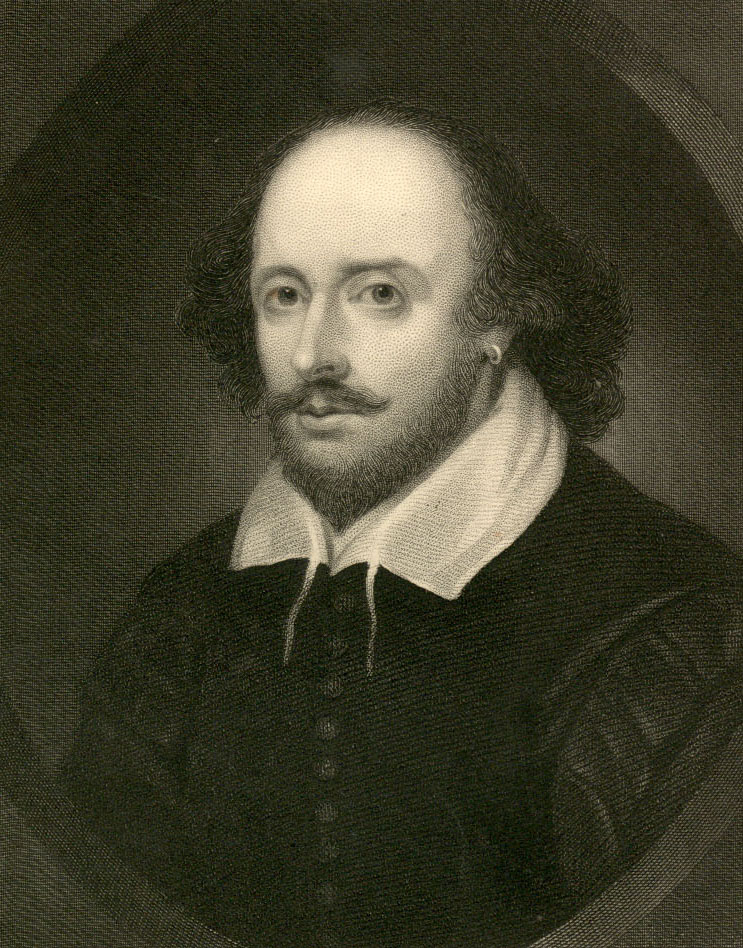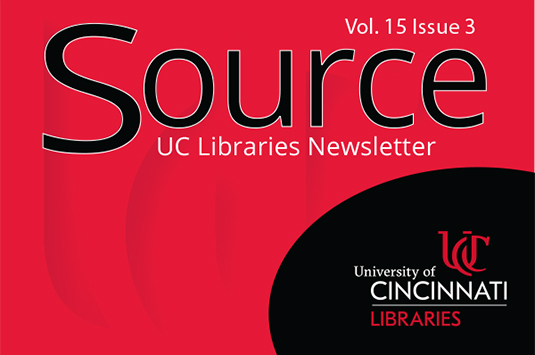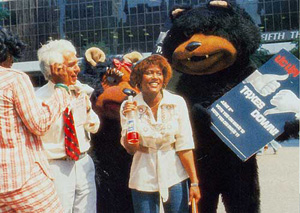By: Kevin Grace
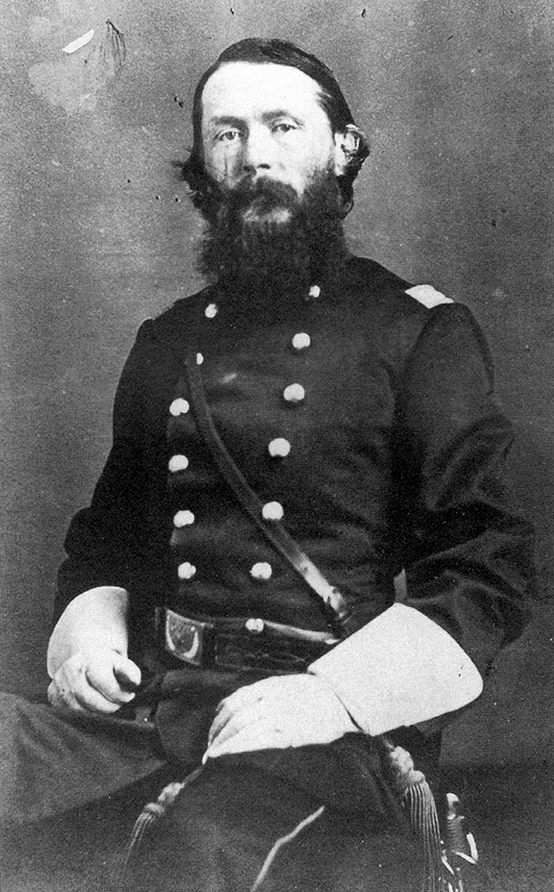 On September 20, 1863, in the midst of the Civil War, General William Haines Lytle of Cincinnati was shot and killed by a Confederate sniper’s bullet in the Battle of Chickamauga. A few days later, his body was carried back to his hometown. Lytle’s funeral was held at Christ Church Cathedral in downtown Cincinnati and the thousands of mourners followed his casket in the cortege to Spring Grove Cemetery, miles away from the church. The slow procession took up most of the day, the general’s body not arriving at Spring Grove until dusk. Sometime later, his grave marker – a broken column – would dominate the landscape of the garden cemetery.
On September 20, 1863, in the midst of the Civil War, General William Haines Lytle of Cincinnati was shot and killed by a Confederate sniper’s bullet in the Battle of Chickamauga. A few days later, his body was carried back to his hometown. Lytle’s funeral was held at Christ Church Cathedral in downtown Cincinnati and the thousands of mourners followed his casket in the cortege to Spring Grove Cemetery, miles away from the church. The slow procession took up most of the day, the general’s body not arriving at Spring Grove until dusk. Sometime later, his grave marker – a broken column – would dominate the landscape of the garden cemetery.
William Lytle was more than another officer killed in battle. He was a literary man, a soldier-poet whose verse in antebellum America was popular in both the North and the South, and whose lines reflected his experiences on the battlefield. They showed a view of the bloody vista typical of the Romantic era and they embodied his view of duty as well, in his eyes, a terrible beauty of death and destruction. Lytle was a part of the Romantic tradition in his poetry, incorporating his classical education as a boy with his notions of heroism and duty in life. This is an excerpt from a poem he wrote in 1840 as a fourteen-year-old, “The Soldier’s Death”: Continue reading

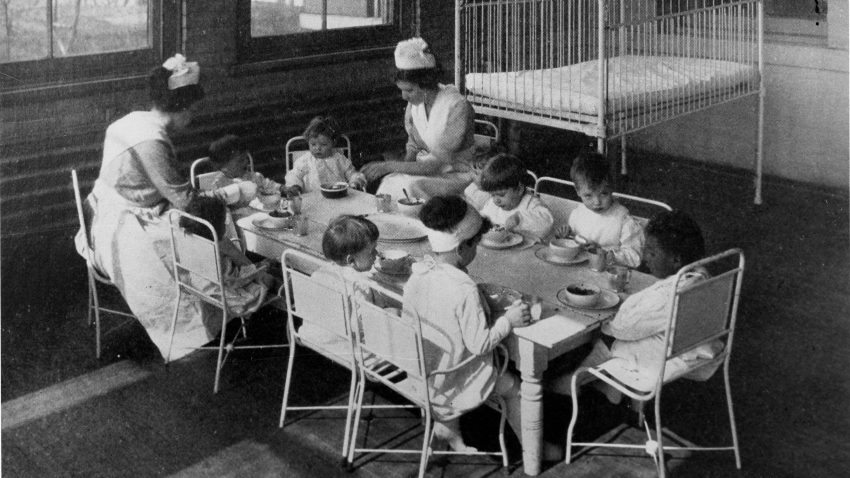

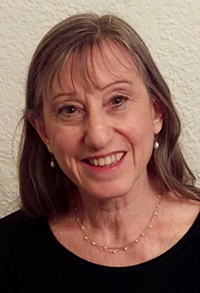
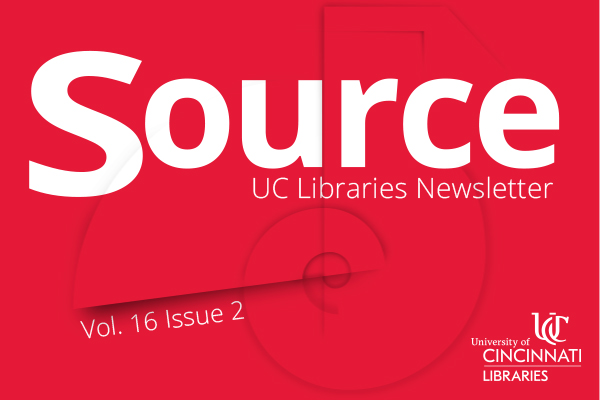 Read Source, the online newsletter, to learn more about the news, events, people and happenings in UC Libraries.
Read Source, the online newsletter, to learn more about the news, events, people and happenings in UC Libraries.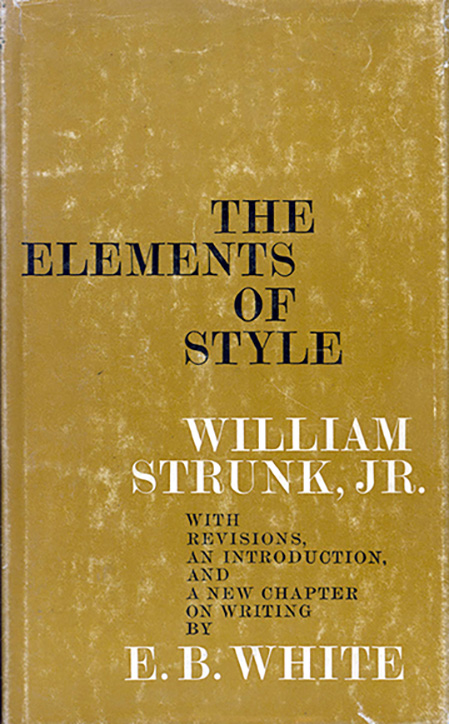
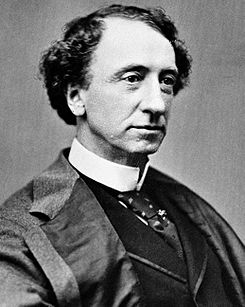
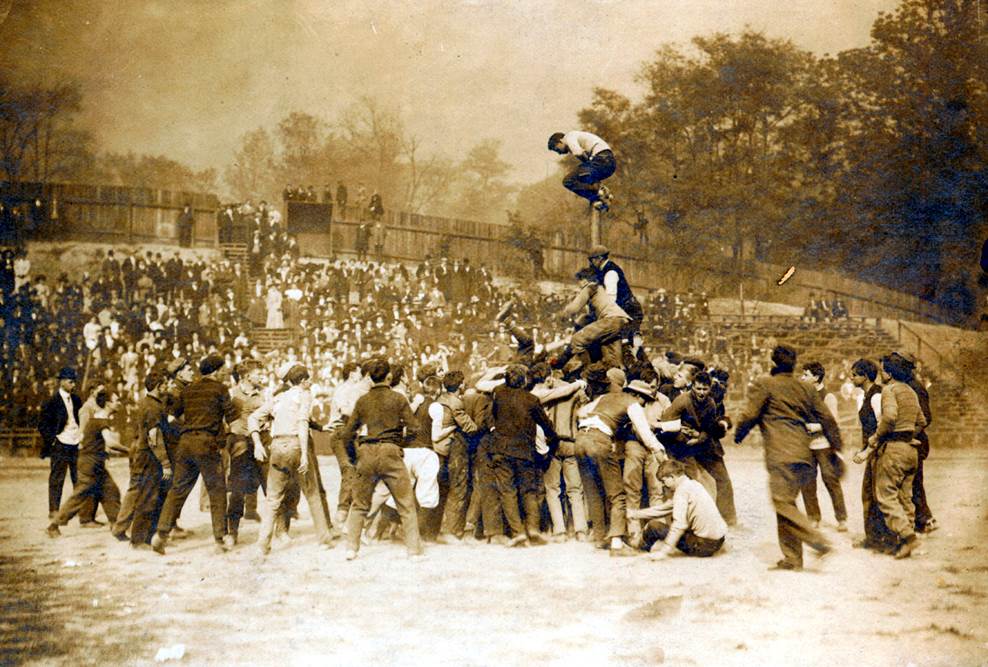
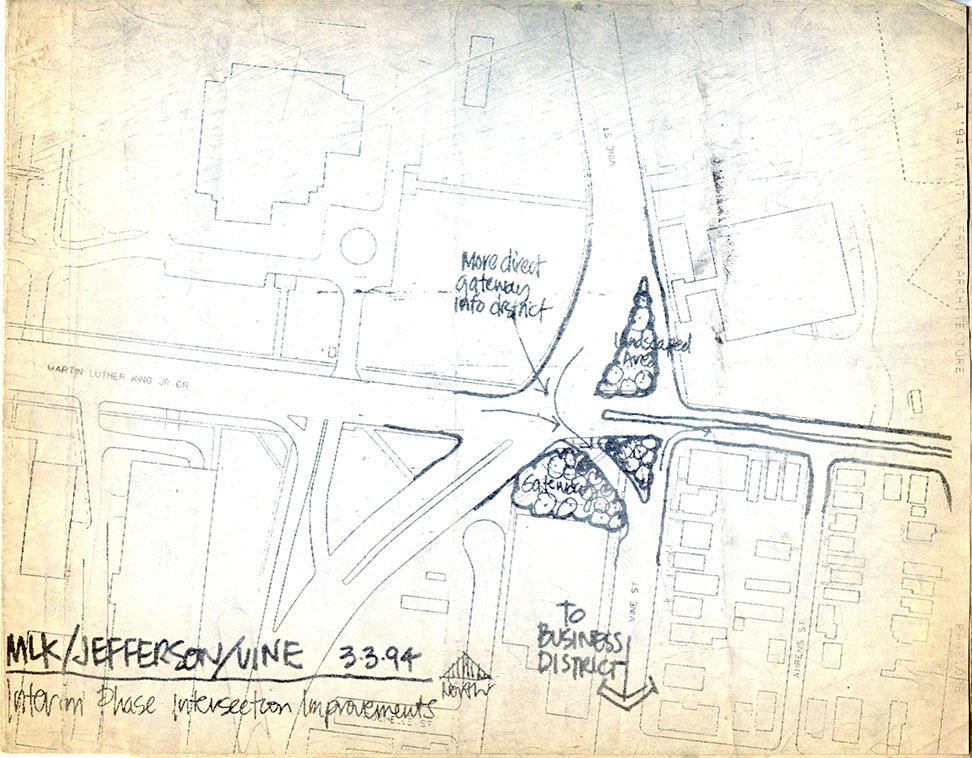

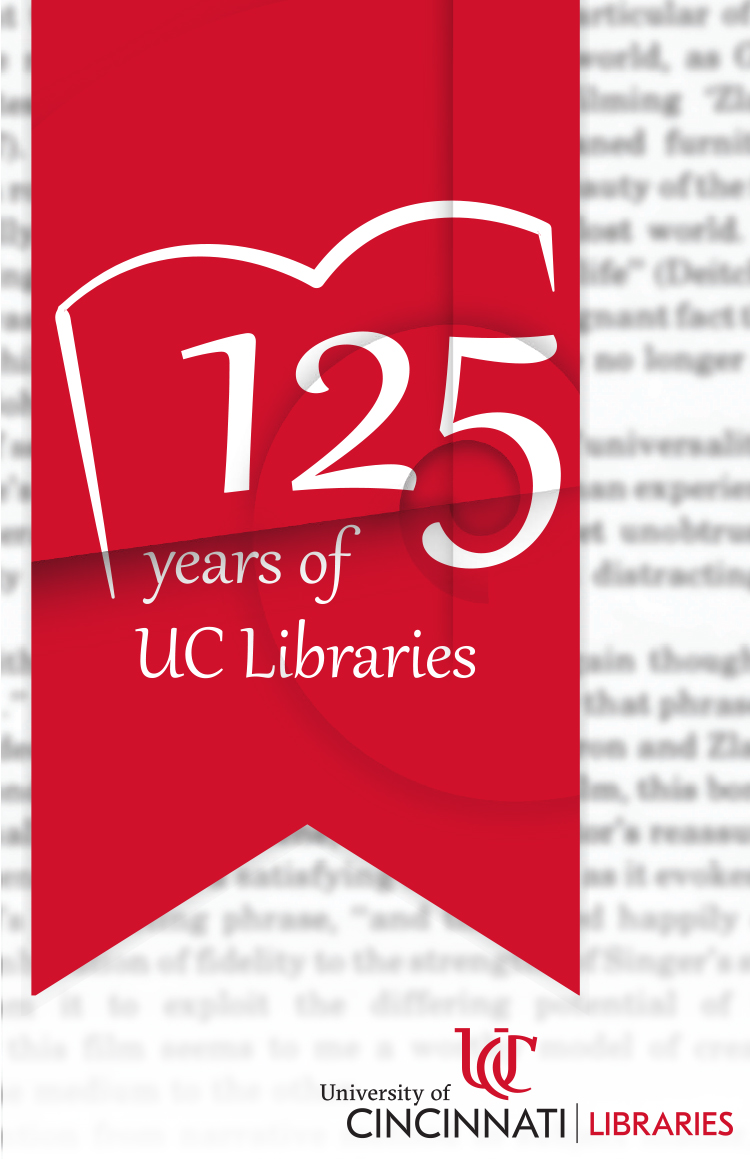 How do you determine the starting date of the University of Cincinnati Libraries when from the university’s founding in 1819, books played an important part in the education of students?
How do you determine the starting date of the University of Cincinnati Libraries when from the university’s founding in 1819, books played an important part in the education of students?